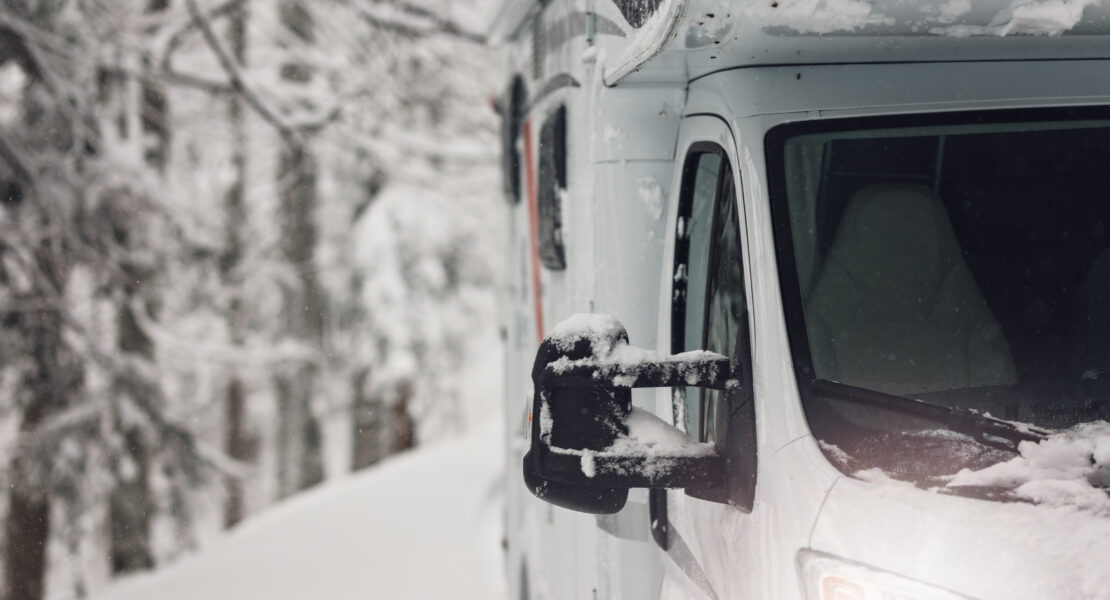The motorhome interior is where damp, mould and pests can cause severe problems if they’re not properly managed during the winterisation process. Taking the following steps will help keep the interior in a decent condition through winter.
Cleaning and clearing
Giving everything a thorough clean will remove potential food sources (crumbs, fragments etc) and reduces the likelihood of odours developing over winter.
- Fridge: Completely empty and then defrost your motorhome’s fridge and freezer. Once this has been done, clean the interior of it thoroughly, and leave the door(s) slightly open throughout the winter to prevent mould.
- Food and drinks: You’ve cleared the fridge of food and drink, now go into the motorhome cupboards and remove absolutely everything edible – even sealed food items, some of which can attract rodents.
- Wipe surfaces: Thoroughly clean down all worktops and kitchen surfaces, including the interior of cupboards plus their doors. Also clean the floors thoroughly, as crumbs can attract rodents and insects.
Moisture
One of the biggest threats to a motorhome interior during the winter is moisture. Condensation can lead to mould, mildew and even dangerous structural damage.
- Dehumidifiers: These absorbers should be placed in strategic positions throughout the motorhome to control humidity.
- Ventilation: Leave windows open slightly to ensure that there is some airflow through the motorhome, without letting in too much cold air.
- Damp-proof sheets: Under mattresses and cushions, damp-proof sheets can prevent the build-up of condensation.
Upholstery and soft furnishings
Taking care of fabrics will reduce the risk of mould and mildew (and therefore help to prevent potentially serious damage).
- Remove and store: Take cushions, throws, pillows, bedding and curtains out of the motorhome and store them in a dry environment with a temperate climate (ie. in your house, if possible).
- Mattresses and cushions: If you have to leave these inside the motorhome, elevate them somehow to allow airflow and prevent condensation on surfaces which are in contact with cold floors or walls.
Pests
Insects and rodents (ie. mice and rats) can cause severe damage to a motorhome’s interior if steps are not taken to prevent their access.
- Seal potential entry points: Look for any holes or gaps in walls, skirting etc, and tidily seal them with mesh or silicone.
- Deterrents: Put mothballs or other similar deterrents inside the motorhome’s cupboards and under the furniture to discourage rodents.
- Remove potential nesting materials: Clear out any soft materials, such as toilet paper, tissues or newspaper, which rodents like to use to build nests.


